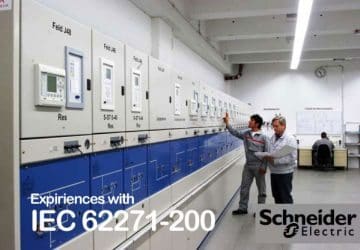Thank you very much, wish you all the best in 2012!
Dear Friends of EEP, Over the past year EEP has reached many milestones. Among them: an expansion of our reach to audience of electrical engineers all over the world – with more than 10K members, 228,343 Visits, 162,090 unique Visitors… Read more
Dec 30, 2011 | By Edvard Csanyi

NEC Code for Size of Cable for Motor
Size of Cable for Branch circuit which has Single Motor connection is 125% of Motor Full Load Current Capacity. What is the minimum rating in amperes for Cables supplying 1 No of 5 hp, 415-volt, 3-phase motor at 0.8 Power… Read more
Dec 30, 2011 | By Jignesh Parmar
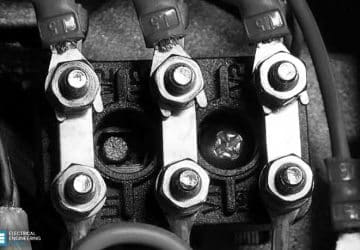
The Cage Induction Motor Explained In Details
This simplest form of AC induction motor or asynchronous motor is the basic, universal workhorse of industry. Its general construction is shown in Fig. 1. It is usually designed for fixed-speed operation, larger ratings having such features as deep rotor… Read more
Dec 29, 2011 | By Edvard Csanyi

Using Core-Balance Current Transformer For Earth Fault Protection
The core-balance current transformer (or CBCT) is normally of the ring type, through the centre of which is passed cable that forms the primary winding. An earth fault relay, connected to the secondary winding, is energised only when there is… Read more
Dec 28, 2011 | By Edvard Csanyi
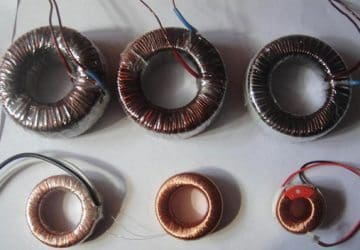
Ladder diagrams and the PLC for electrical engineers – beginners
The ladder diagram has and continues to be the traditional way of representing electrical sequences of operations. These diagrams represent the interconnection of field devices in such a way that the activation, or turning ON, of one device will turn… Read more
Dec 27, 2011 | By Edvard Csanyi

Transformer Protection – Abstract from NEC
According to NEC 450.4, “each transformer 600 volts, nominal, or less shall be protected by an individual overcurrent device installed in series with each ungrounded input conductor.” Such overcurrent device shall be rated or set at not more than 125%… Read more
Dec 26, 2011 | By Jignesh Parmar

What psychological effect does an electric shock?
Most of us have experienced some form of electric ”shock”, where electricity causes our body to experience pain or trauma. If we are fortunate, the extent of that experience is limited to tingles or jolts of pain from static electricity… Read more
Dec 25, 2011 | By Edvard Csanyi
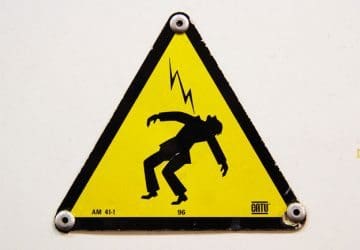
PROFIBUS at a Glance
PROFIBUS is an open, digital communication system with a wide range of applications, particularly in the fields of factory and process automation. PROFIBUS is suitable for both fast, time-critical applications and complex communication tasks. PROFIBUS communication is anchored in the… Read more
Dec 24, 2011 | By Edvard Csanyi
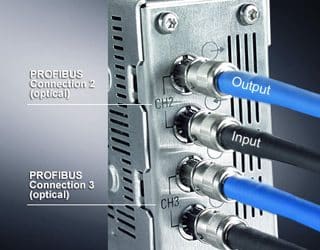
Motor starting problem and high motor inrush currents
Electric motor protection device depends on the accurate and correct selection of overload(s), fuses and/or circuit breakers. Over the years the protective devices have been selected according to the applicable code requirements with only minimal nuisance tripping. However, in recent… Read more
Dec 23, 2011 | By Edvard Csanyi
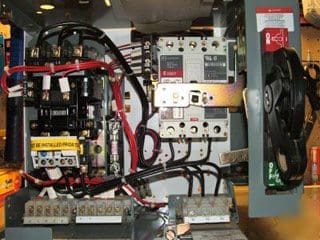
Consequences of internal arc for personal safety and MV electrical equipment
The aim of this article is to describe the internal arc phenomenon, its consequences for safety, current methods of limiting them and current regulations in general for equipment used in medium-voltage electrical distribution networks. Internal arcs can occur in electrical… Read more
Dec 23, 2011 | By Edvard Csanyi

What is HIPOT Testing (Dielectric Strength Test)?
Hipot Test is short name of high potential (high voltage) Test and it is also known as Dielectric Withstand Test. A hipot test checks for “good isolation”. Hipot test makes surety of no current will flow from one point to… Read more
Dec 22, 2011 | By Jignesh Parmar
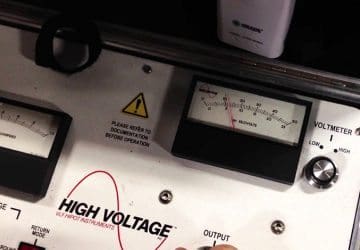
When we started to use PLCs after all?
PLCs (Programmable Logic Controllers) were first introduced in the 1960’s. The primary reason for designing such a device was eliminating the large cost involved in replacing the complicated relay based machine control systems. Bedford Associates (Bedford, MA) proposed something called… Read more
Dec 21, 2011 | By Edvard Csanyi
Earthing in electrical network – purpose, methods and measurement
The main reason for doing earthing in electrical network is for the safety. When all metallic parts in electrical equipment are grounded then if the insulation inside the equipment fails there are no dangerous voltages present in the equipment case…. Read more
Dec 19, 2011 | By Jignesh Parmar
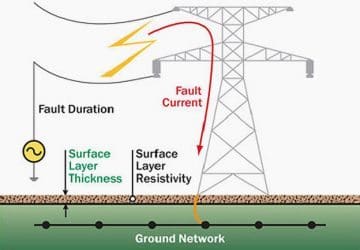
Major difference between a 2-phase and a 3-phase stator
For purposes of explaining rotor movement, let’s assume that we can place a bar magnet in the center of the stator diagrams of figure 0. We’ll mount this magnet so that it is free to rotate in this area. Let’s… Read more
Dec 17, 2011 | By Edvard Csanyi

Internal arc testing of MV switchgear – IEC 62271-200 (part three)
Continued from: Internal arc testing of MV switchgear – IEC 62271-200 (part two) The following chapter describes the development of a new gas-insulated switchgear generation GHA [4] for primary distribution for internal arc testing according to IEC 62271-200. All tests… Read more
Dec 16, 2011 | By Edvard Csanyi
